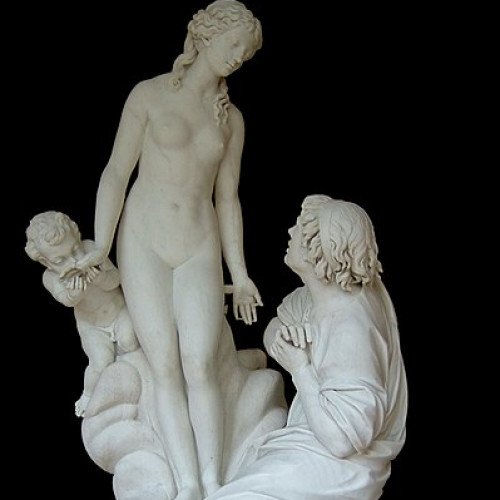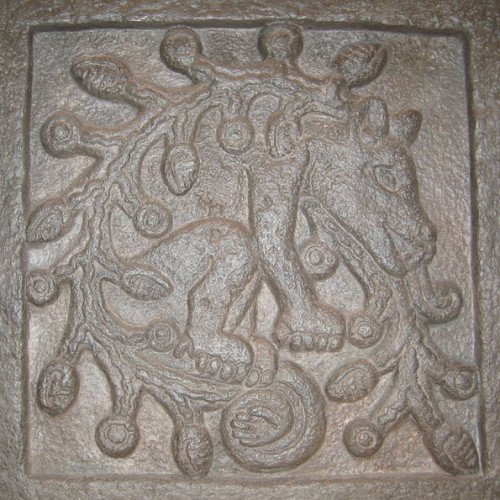Galatea (mythology) VS Ahuizotl (mythology)

Galatea (mythology)
Galatea (; Greek: Γαλάτεια; "she who is milk-white") is a name popularly applied to the statue carved of ivory by Pygmalion of Cyprus, which then came to life in Greek mythology. In modern English, the name usually alludes to that story. Galatea is also the name of Polyphemus's object of desire in Theocritus's Idylls VI and XI and is linked with Polyphemus again in the myth of Acis and Galatea in Ovid's Metamorphoses.
Statistics for this Xoptio

Ahuizotl (mythology)
The ahuizotl (from the Classical Nahuatl: āhuitzotl for "spiny aquatic thing", a.k.a. "water dog") is a legendary creature in Aztec mythology. It is said to lure people to their deaths. The creature was taken as a mascot by the ruler of the same name, and was said to be a "friend of the rain gods".The conquistador Hernán Cortés once reported to the King of Castile that one of his men had been killed by an ahuizotl.